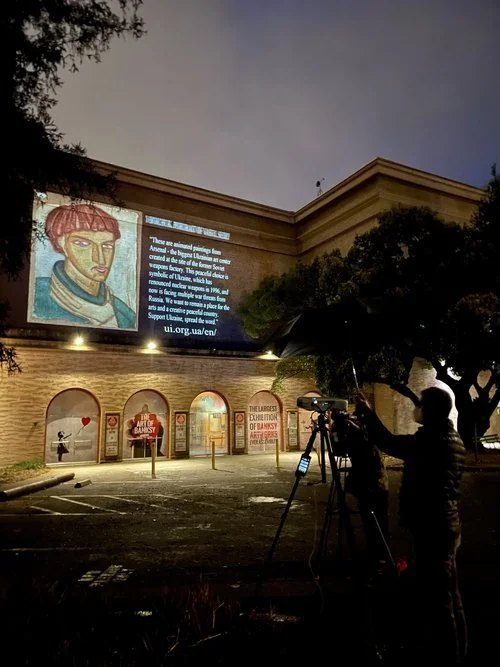Week 10
Let’s talk about color theory (again!) After helpful feedback from my classmates and professor from my first assignment, I started exploring Ittens theory of colour to further determine how I can use saturation and lightness values in hues to create depth and blends in my next projection design.
Jonathan Itten, Swiss Expressionist painter, educator, and Bauhaus theories of graphic art, developed a comprehensive theory of color which is taught at many design and art institutions today (Bláha & Štěrba, 2014).
Created in 1921, based off a reinterpretation of romantic painter Philipp Otto Runge’s color sphere, Itten developed seven fundamental categories of contrast:
Hue,
Light-dark,
Cold-warm,
Complementary,
Analogous,
Saturation
Extension
(“Getty Research Institute”)
Itten encouraged his students to explore color through contrast and polarities, “always urging his students to feel their own way into an exercise [...]he observed that each student gravitated to a distinct category of contrast exercises, revealing [...] personality types and aesthetic choices” (“Getty Research Institute”)
Projection as a tool for activism #7
〰️
Projection as a tool for activism #7 〰️
Recently, projection art has been used as a way to illustrate solidarity with Ukraine, as well as to depict the realities of Russia’s invasion which has resulted in at least 40,000 deaths and more than 11 million folks displaced. Justice murals in collaboration with Museum Arsenal, Lviv, Ukraine worked on an intricate series.
“These are animated paintings from Arsenal - the biggest Ukrainian art center created at the site of the former Soviet weapons factory. This peaceful choice is symbolic of Ukraine, which renounced nuclear weapons in 1996, and now is facing multiple war threats from Russia. We want to remain a place for the arts and a creative peaceful country. Support Ukraine; spread the word.” (“Justice Murals'“)
Photo by: Unknown
In addition, Justice Murals partnered to showcase and recreate the works of Maria Prymachenko, a Ukrainian folk art paint, who worked in the naïve art style, to recreate 25 pieces of art that were destroyed by Russian soldiers outside of Kyiv.
References
Casciato, M., Fox, G., & Rochester, K. (2019, June 10). Color. Bauhaus: Building the New Artist. Retrieved April 18, 2022, from https://www.getty.edu/research/exhibitions_events/exhibitions/bauhaus/new_artist/form_color/color/
Murals. Justice Murals. (n.d.). Retrieved April 18, 2022, from https://justicemurals.org/murals


